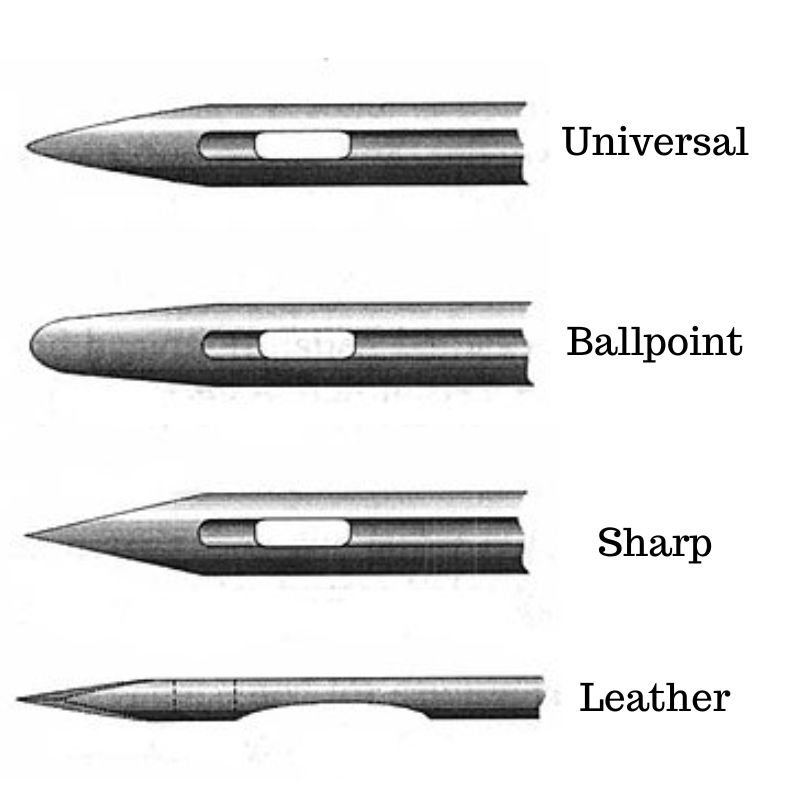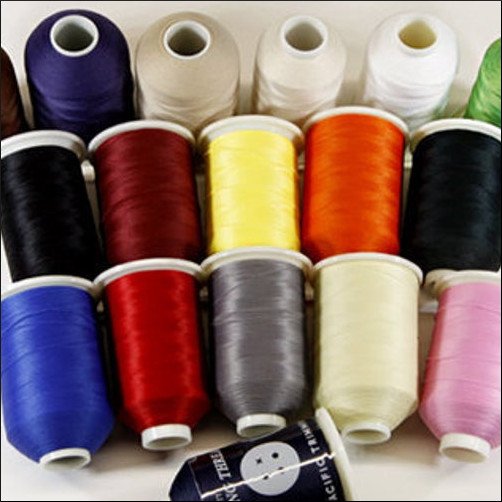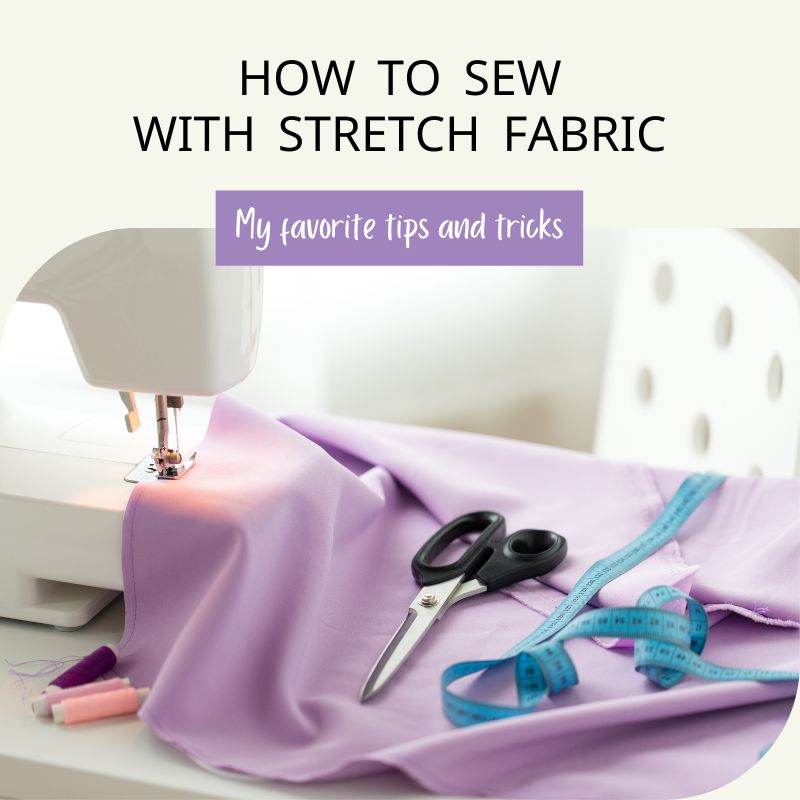Sewing with stretch fabrics can be a little intimidating, especially if you’re used to working with non-stretchy materials like cotton or linen. But with a few tips and tricks, you can successfully sew stretch fabrics and create comfortable, stylish garments that will look great and feel great to wear. Here are some of my favorite tips for sewing with stretch fabrics:
Choose the Right Needle
One of the most important things to consider when sewing with stretch fabrics is the type of needle you use. Regular sewing machine needles are designed to pierce through non-stretchy fabrics, but they can cause stretch fabrics to tear or snag. Instead, use a ballpoint or stretch needle, which has a rounded tip that slides between the fibers of the fabric without piercing them. This helps prevent the fabric from stretching out of shape or getting damaged during the sewing process.

Use the Right Thread
Just as you need to use the right needle when sewing with stretch fabrics, you also need to use the right thread. Standard sewing thread is not designed to stretch, which can cause seams to break or pop when the garment is worn. Instead, use a stretchy thread like wooly nylon or a stretch polyester thread. These threads have some give, which allows them to stretch with the fabric and prevent the stitches from popping.

Pre-Wash Your Fabric
Before you start sewing your stretch fabric, it’s important to pre-wash it. This will help prevent shrinkage and ensure that the finished garment will maintain its shape after washing. Use a gentle cycle with cool water and a mild detergent, and be sure to dry the fabric on low heat or hang it to air-dry.
Cut Carefully
Stretch fabrics can be a little tricky to cut, since they tend to shift around and stretch out of shape. To prevent this, use pattern weights or pins to hold the fabric in place while you cut. If you’re using a rotary cutter, use a fresh blade to ensure clean, even cuts. When cutting stretch fabrics, be sure to cut with the grainline and stretch direction in mind. The grainline should run parallel to the selvage edge, while the stretch direction should run perpendicular to the grainline.

Use Stabilizers
To prevent stretching and distortion, use stabilizers or stay tape along the seams and hems of your stretch fabric. Stabilizers can be cut from lightweight interfacing, fusible webbing, or even strips of tissue paper. Simply baste the stabilizer to the fabric before sewing, and then remove it after the garment is complete.

Test Your Stitch
Before sewing your garment, it’s a good idea to test your stitch on a scrap of fabric. This will help you determine the correct tension and stitch length for your specific fabric. A straight stitch or zigzag stitch are good options for stretch fabrics. If you’re using a serger, use a three-thread or four-thread overlock stitch to prevent the fabric from unraveling.

Sew with a Stretchy Seam
When sewing stretch fabrics, it’s important to use a stretchy seam that will allow the fabric to stretch without causing the stitches to break. There are several different types of stretch seams you can use, including a zigzag stitch, a stretch stitch, or a serged seam. Be sure to use the same type of stitch throughout the entire garment to ensure a consistent look and feel.
Press Carefully
When pressing your stretch fabric, use a low heat setting and a pressing cloth to prevent the fabric from stretching or scorching. Never iron over a seam, as this can flatten the fabric and cause the stitches to pop. Instead, press the seam open or to one side using a pressing cloth and a light touch.
In conclusion, sewing with stretch fabrics can seem daunting, but with these tips and tricks, you can master the art of sewing stretchy knits and create beautiful, comfortable garments. Remember to choose the right needle and thread, pre-wash your fabric, cut carefully, use stabilizers, test your stitch, sew with a stretchy seam, and press carefully. These techniques will help you sew stretch fabrics like a pro and create garments that fit well, feel great, and look amazing.
It’s also important to keep in mind that not all stretch fabrics are created equal. Some fabrics are more stretchy than others, and some have a higher percentage of spandex or elastane, which can affect the way the fabric behaves when sewn. Be sure to read the fabric label and choose a pattern and sewing techniques that are appropriate for the specific stretch fabric you’re using.
With a little practice and patience, sewing with stretch fabrics can become second nature, and you’ll be able to create a variety of comfortable, stylish garments that are perfect for any occasion. Whether you’re sewing a simple t-shirt or a more complex dress or pants, these tips and tricks will help you achieve great results and make the most of your stretch fabric. Happy sewing!





8 thoughts on “How to sew with stretch fabric”
Comments are closed.